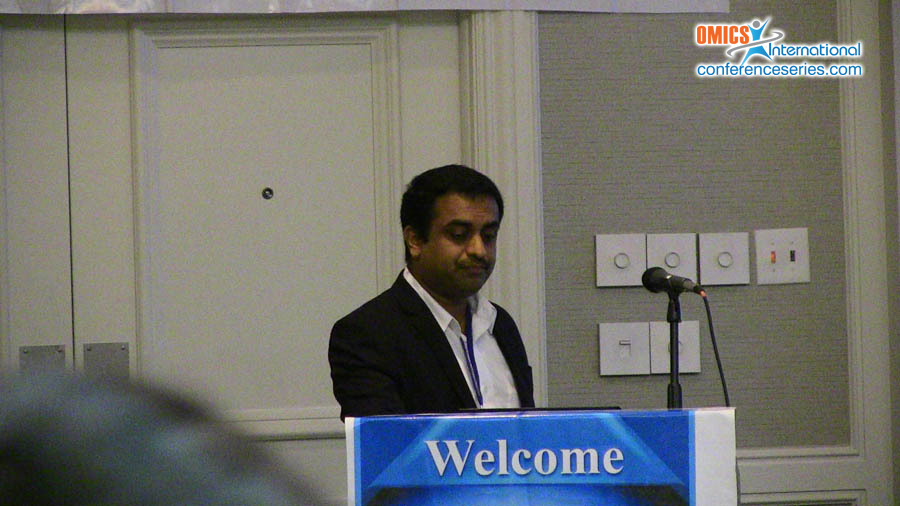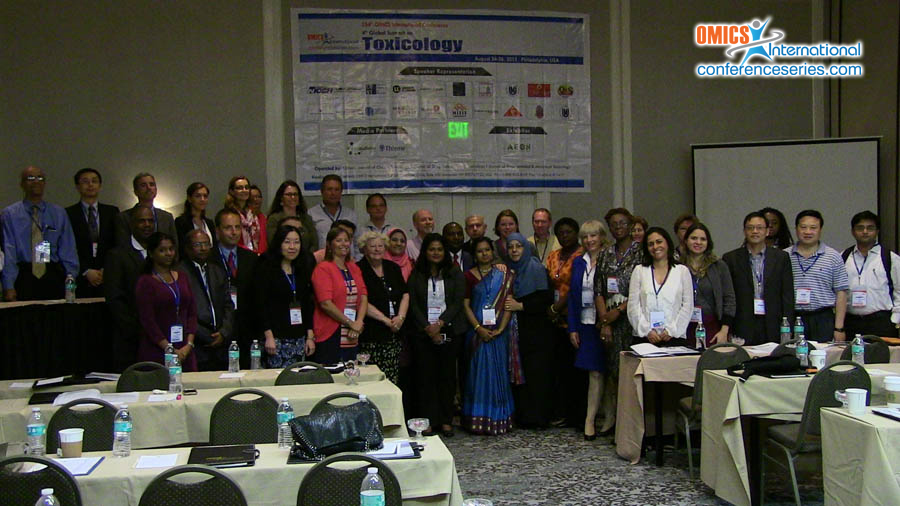
Rohan Kulkarni
BioReliance, USA
Title: Basic aspects and most commonly worldwide employed and validated in vivo assays
Biography
Biography: Rohan Kulkarni
Abstract
In vivo genetic toxicology testing is performed usually in rodents such as rats or mice to determine the potential of DNA damage that can affect chromosomal structure or mitotic apparatus such as spindle fibers that in turn could changes chromosome number. In vivo assays can also detect genotoxic agents missed in in vitro tests. These assays are mainly divided into two broad categories; either to detect chromosome damage or DNA damage. The positive result of induced chromosomal damage is an increase in frequency of micronucleated PCEs or increase in chromosome aberrations. Micronucleus is a small nucleus that forms whenever a chromosome or a fragment of a chromosome is not incorporated into one of the daughter nuclei during cell division. This is typically caused by loss of chromosomal fragments due to clastogenicity or loss of entire chromosome due to spindle fiber malfunction as a result of aneugenicity. The mammalian in vivo chromosome aberration test is used for the detection of structural chromosome aberrations in bone marrow. The in vivo alkaline single cell gel electrophoresis assay, also called alkaline Comet Assay is a method measuring DNA damage. This Assay can be used to detect DNA damage caused by double strand breaks, single strand breaks, alkali labile sites, oxidative base damage, and DNA cross-linking with DNA or protein. The basic principles underlying these assays and their basic design will be presented along with the regulatory guidelines governing these assays.
Speaker Presentations
Speaker PPTs Click Here



